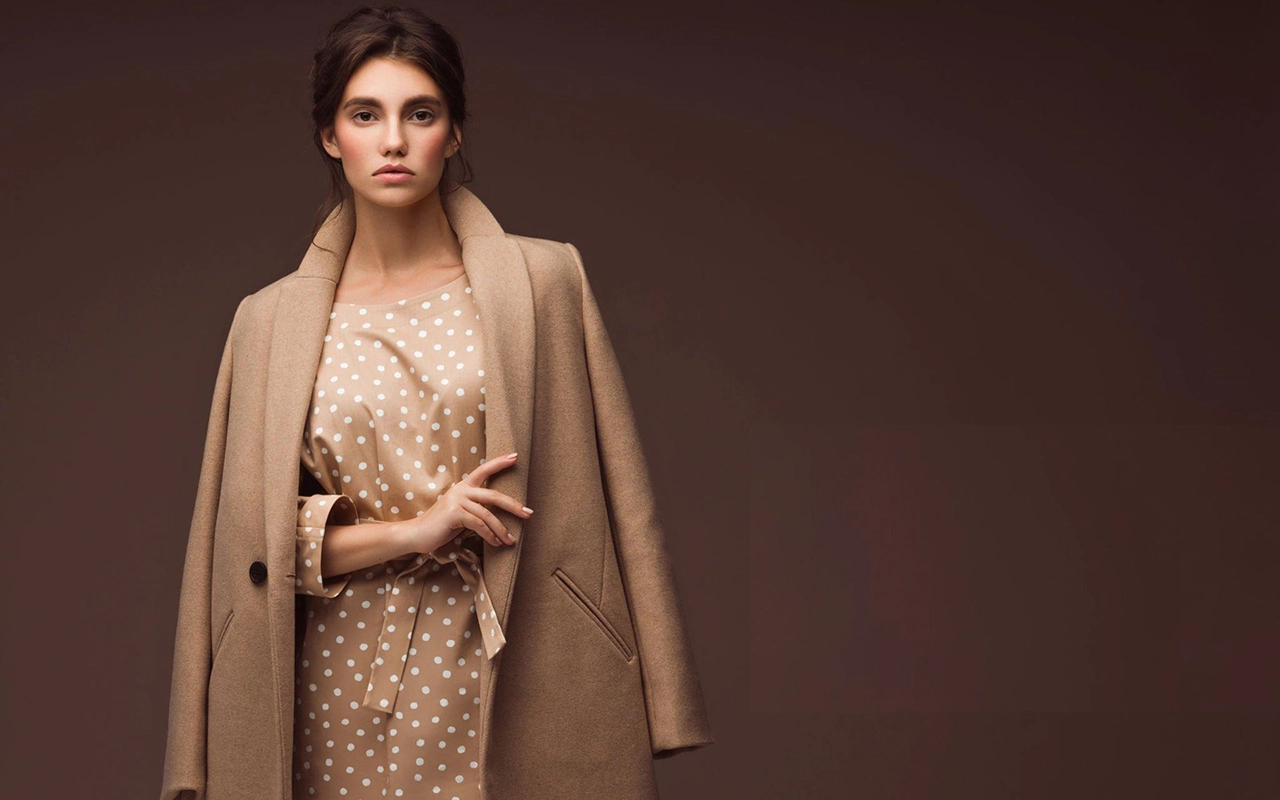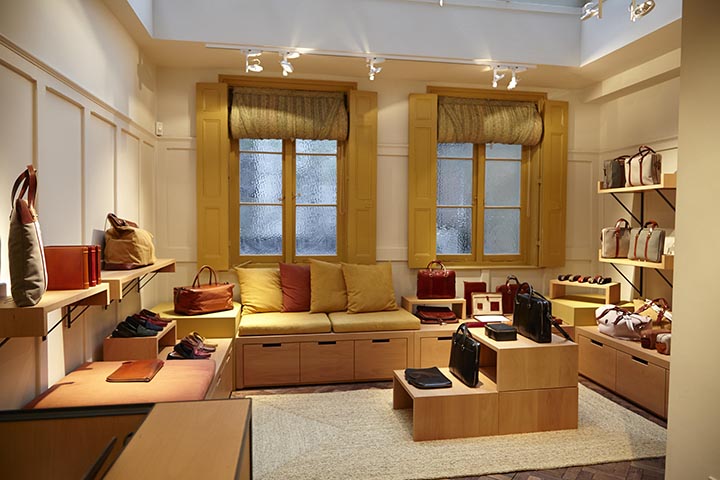What exactly is ‘quiet luxury’, a term that has gained popularity since the Covid years? Let us start with a definition: Quiet luxury refers to an understated, refined aesthetic that focuses on high-quality materials, craftsmanship and a lack of flashy branding. Think cashmere pullovers, silk shirts and fine leather goods – all without logos or the designer’s name.
This approach whispers sophistication rather than the ‘look at me’ opulence associated with ‘Loud Luxury’. But is it just a business concept surfing on current trends? Or just an old-school style with a trendy new label?
To understand the hype and the problems associated with the trend, let us take a closer look at the core ideas behind quiet luxury.
Quiet luxury means investing in pieces made from the finest natural fibres and leathers. Sumptuous cashmere, light silk, butter-soft calfskin – the emphasis is on sourcing high-quality materials that look and feel luxurious and stand the test of time.
Similar to classic luxury clothing, longevity is prioritised over the throwaway mentality of fast fashion. However, when you consider that traditional tailors have been championing high-quality materials for centuries, this concept is hardly new.
Quiet luxury aesthetic shuns trends in favour of timeless, versatile designs that can be worn season after season. This aligns with the principle of investing in a few finely crafted pieces – something classic elegance has always embodied.
Quiet luxury seems to be a refreshing counterpoint to the logomania that has dominated fashion for decades. Okay, but subtle branding has always been a hallmark of true luxury – just think of the discreet monograms and insignia from heritage houses. So what’s really new here?
With its emphasis on precious materials and meticulous craftsmanship, this trend conveys an air of exclusivity. These aren’t mass-produced goods, but rare pieces that are only available to those who are prepared to pay a certain price to belong to this select club of ‘those in the know’. This could be seen as a kind of elitism, where high prices create an air of exclusivity to which only the wealthy have access.
“Quiet luxury is just another way for the wealthy to signal their status while claiming to be more mindful consumers”
By embracing higher prices, quiet luxury creates an air of exclusivity and portrays its pieces as unique and unattainable to the average consumer. An example of this is the $500 cashmere baseball cap from the TV series Succession, which only those who knew about the exceptional material were willing to buy, and which gave the feeling of belonging to an elite ‘club of connoisseurs’.
It seems that “Consumer preference for quiet luxury is ever more relevant in times of economic hardship, as it allows consumers to signal their wealth to their peers, while avoiding being seen as someone who uses luxury ostentatiously”, said Dan Bennett a consultant in Behavioural Science.
There are also concerns that the sustainable branding of quiet luxury is just greenwashing. Greenwashing means that marketing and branding give the false impression of being environmentally friendly without actually minimising the environmental impact.
While some brands have made efforts to address the environmental impact of luxury goods, for example by introducing more sustainable sourcing practices or investing in environmentally friendly production methods, these initiatives are often limited in their scope and impact.
The production and sourcing of materials such as cashmere and leather is inherently associated with significant environmental impacts that cannot be fully mitigated. Cashmere production, for example, is associated with desertification and soil degradation in Mongolia, while leather tanning is a water-intensive and chemically polluting process.
As someone who appreciates classic luxury, I can’t help but see quiet luxury as the latest repackaging of classic style principles in a trendier branding to attract Generation Z consumers. I’m an advocate of quality over quantity and investing in pieces that will last. But I don’t support brands that signal wealth and exclusivity in a way that only those ‘in the know’ will understand.
So yes, the real business ‘innovation’ of quiet luxury is to make luxury more modern and fashionable to younger generations. If this encourages people to consume more mindfully and prioritise quality over brand image, that’s a positive thing. However the lure of exclusivity and high prices is in contradiction with the values of mindful, sustainable consumption.
This isn’t the first time fashion has seen the emergence of an understated, ‘stealth wealth’ aesthetic. In the 1990s, the ‘bourgeois bohemian’ or ‘bobo chic’ look, characterised by studied nonchalance and vintage-inspired pieces, became popular among the affluent who wanted to signal their refined taste. The ‘normcore‘ trend of the early 2000s celebrated simple, unbranded basics as a way to rebel against consumerism and logomania.
Like quiet luxury, these movements positioned themselves as an antidote to excess, only to be appropriated by the very brands and consumer behaviour they claim to reject.
Although quiet luxury has undoubtedly tapped into the zeitgeist, this trend could be short-lived. After all, fashion is cyclical and the pendulum could soon swing in a different direction.
“Quiet luxury is having its moment in the sun, but trends are fickle. We may soon see a backlash against the perceived elitism and exclusivity of this aesthetic.”
Instead of falling for the hype, consumers should explore fashion brands and movements that genuinely prioritise sustainability and inclusivity without the pretence of exclusivity. There are many brands and alternatives. Brands such as Reformation, which uses eco-friendly materials and ethical production methods, or Cuyana, which promotes a ‘fewer, better’ philosophy, offer luxurious yet mindful alternatives.
Movements such as ‘visible mending’, which celebrate repairing and extending the lifespan of garments, or the emergence of clothing rental and resale platforms, challenge the notion that you have to own luxury to appreciate it.
As consumers, we need to approach trends such as quiet luxury with a critical eye, recognise their limitations and make choices that align with our personal values.
Developing a strong sense of self and prioritising authenticity over conformity is more important than the clothes you wear.
Because no matter what clothes you wear, cheap or expensive, if you have a bold personality, you do not need to belong to any exclusive club – you don’t care about social norms. True style is an expression of who you are, not what you can afford.


